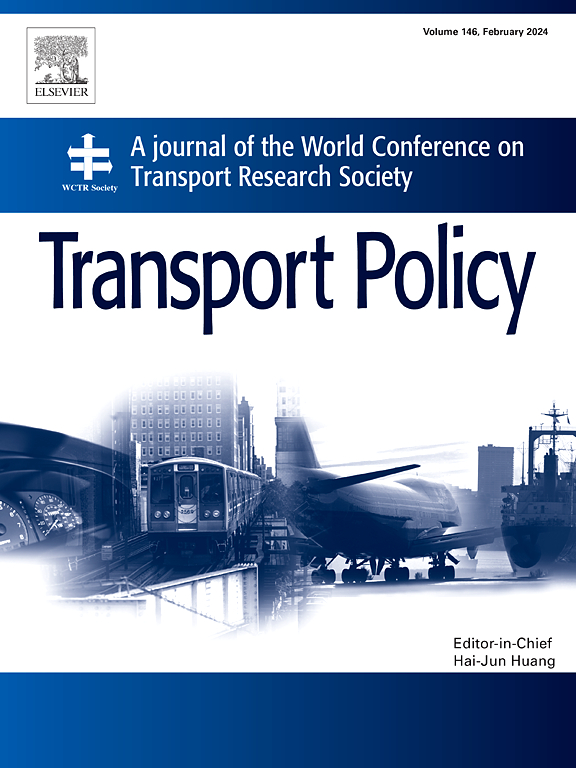Port's industry ecosystem construction: Empirical evidence from China
IF 6.3
2区 工程技术
Q1 ECONOMICS
引用次数: 0
Abstract
The Port's Industry Ecosystem (PIDES) is constructed by drawing on the principles of industrial ecology and combining them with the Triple Helix Theory, focusing on the optimal allocation of supporting resources crucial for port development. By interpreting the internal operation mechanisms, external influencing factors, and the functional roles of subsystems, the study provides a theoretical foundation for quantitative research. To promote the deep integration of theory and practice, a methodological framework is developed, incorporating the Six-Helix Comprehensive Evaluation Index (SixHCEI), coupling coordination degree, input-output models, and the natural breakpoint method. Using China as a case study, the research identifies key strategic directions and breakthrough points for the development of PIDES, aiming to provide more targeted support for the sustainable, coordinated development of ports, and offering insights for the formulation of China's "Transport Power" strategy. The specific conclusions are as follows. (1) The scale of China's PIDES exhibits the phenomenon of "coastal areas > Yangtze River basin areas > inland areas." (2) The PIDES in coastal areas are relatively complete, and the scale is positively correlated with the efficiency of conversion into economic benefits. However, 82% of the coastal areas must focus on marine environmental protection when developing PIDES. (3) There is greater potential for PIDES development in the Yangtze River Basin, with Hubei and the Chengdu-Chongqing region identified as key breakthrough areas. Strategic deployment should be prioritized in these regions to promote the sustainable development of inland port economies.
求助全文
约1分钟内获得全文
求助全文
来源期刊

Transport Policy
Multiple-
CiteScore
12.10
自引率
10.30%
发文量
282
期刊介绍:
Transport Policy is an international journal aimed at bridging the gap between theory and practice in transport. Its subject areas reflect the concerns of policymakers in government, industry, voluntary organisations and the public at large, providing independent, original and rigorous analysis to understand how policy decisions have been taken, monitor their effects, and suggest how they may be improved. The journal treats the transport sector comprehensively, and in the context of other sectors including energy, housing, industry and planning. All modes are covered: land, sea and air; road and rail; public and private; motorised and non-motorised; passenger and freight.
 求助内容:
求助内容: 应助结果提醒方式:
应助结果提醒方式:


